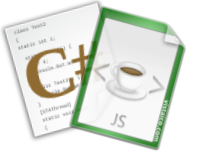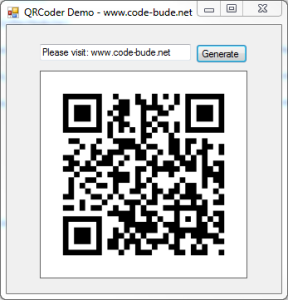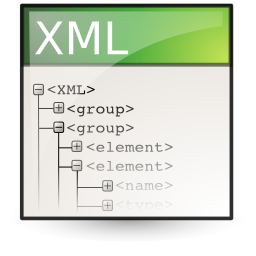Javascript’s escape() in C# – a C# equivalent to the escape()-function
 The .NET framework provides a large number of ways to encode HTML code and URLs. There exist, for example, Uri.EscapeDataString(), Uri.EscapeUriString(), System.Web.HttpUtility.UrlEncode(), System.Web.HttpUtility.UrlPathEncode(), System.Web.HttpUtility.HtmlEncode() or System.Web.HttpUtility.HtmlAttributeEncode().
The .NET framework provides a large number of ways to encode HTML code and URLs. There exist, for example, Uri.EscapeDataString(), Uri.EscapeUriString(), System.Web.HttpUtility.UrlEncode(), System.Web.HttpUtility.UrlPathEncode(), System.Web.HttpUtility.HtmlEncode() or System.Web.HttpUtility.HtmlAttributeEncode().
However, if you are looking for equivalent functionality to Javascript’s escape(), so you will be disappointed by all of these aforementioned functions. None of these inherently with the .NET framework delivered functions is equivalent to the Javascript escape() function. For better understanding, I made the following example:
The test text is in german, because the ‘ä’ is a nice character to show the problems. Translated to english it means: “Raffi’s annoying C# testcode”.
// Original source text
// Raffi’s ärgerlicher C# Teststring/Testcode.
// Javascript original (produced by escape())
// Raffi%27s%20%E4rgerlicher%20C%23%20Teststring/Testcode.
// Uri.EscapeDataString():
// Raffi’s%20%C3%A4rgerlicher%20C%23%20Teststring%2FTestcode.
// Uri.EscapeUriString():
// Raffi’s%20%C3%A4rgerlicher%20C#%20Teststring/Testcode.
// System.Web.HttpUtility.UrlEncode():
// Raffi%27s+%c3%a4rgerlicher+C%23+Teststring%2fTestcode.
// System.Web.HttpUtility.UrlPathEncode():
// Raffi’s%20%c3%a4rgerlicher%20C#%20Teststring/Testcode.
// System.Web.HttpUtility.HtmlEncode():
// Raffi's ärgerlicher C# Teststring/Testcode.
// System.Web.HttpUtility.HtmlAttributeEncode():
// Raffi's ärgerlicher C# Teststring/Testcode.
But I would not blog about it if I did not have a […]

 In modern times QR codes should be known by pretty much everyone. Since smartphones are becoming increasingly popular, QR codes can also be found at more and more places in our everyday lives. As a fairly serious geek this should be reason enough to engage a bit more in detail with the technology behind it. And what way seems to be more suitable than implementing a QR code generator by yourself?
In modern times QR codes should be known by pretty much everyone. Since smartphones are becoming increasingly popular, QR codes can also be found at more and more places in our everyday lives. As a fairly serious geek this should be reason enough to engage a bit more in detail with the technology behind it. And what way seems to be more suitable than implementing a QR code generator by yourself? With the .NET frameworks DateTime functions you can do a lot of nice things. The handling turns out, in my opinion, very pleasant. The only requirement: You find yourself in a pure .NET environment. When other systems come into play, the trouble begins. But why is it that you can not compare DateTime.Ticks with the PHP mktime()-function?
With the .NET frameworks DateTime functions you can do a lot of nice things. The handling turns out, in my opinion, very pleasant. The only requirement: You find yourself in a pure .NET environment. When other systems come into play, the trouble begins. But why is it that you can not compare DateTime.Ticks with the PHP mktime()-function? Today I want to show you how to perform a XML serialization in C#. Serialization itself, means that you convert an object to another, transportable form.
Today I want to show you how to perform a XML serialization in C#. Serialization itself, means that you convert an object to another, transportable form. Today I want to show you how to create a blog article on Blogger.com/Blogspot.com with C#. For this you need first of all the Google.GData.Client.dll, which you can find inside the Google .Net API package.
Today I want to show you how to create a blog article on Blogger.com/Blogspot.com with C#. For this you need first of all the Google.GData.Client.dll, which you can find inside the Google .Net API package.